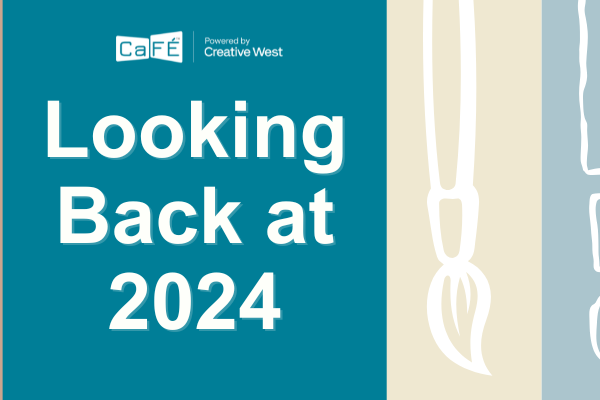
Pricing artwork is complicated and one of the most challenging tasks that emerging artists face. Expert opinions vary. There is no one correct path; if there was, well, then the process wouldn’t be as complex as it. In this article we proffer a few suggestions. We recommend taking away what resonates with your own practice.
Remove emotion.
Lori Woodward, a painter, writer and teacher, cautions artists in an article on Artist Daily stating, “When I price with my emotion, I tend to lower my prices because I feel sorry that the collector has to spend so much…I need to look at pricing and how to sell artwork objectively.”
Don’t under-evaluate yourself and your work.On the other hand, avoid overpricing your works to impress viewers. Pricing is a delicate balance, but luckily…
There’s a formula to help.
Lori Woodward, like other artists, uses a Square Inch x Dollar Amount formula to price her works.
- Multiply the paintings length by width (in inches)
- Take the square inch total and multiply it by a set dollar amount that’s appropriate for your reputation.* Lori uses $6 per square inch.
- Optional: Round the total down or up, i.e. $1920 becomes $1900.
- Calculate your cost of canvas and framing, and then double that number.
Let’s walk through an example with the following data points:
16” x 20” painting
$6 is the set dollar amount per square inch
$150 is the cost of materials
320 x $6 = $1,920.00
$150 x 2 = $300.
$1,900 + $300 = $2,200 (the retail price).
If the painting sells from a gallery, Lori gets a 50% commission.
So, her total takeaway would be…$950 for the painting + $150 for the framing = $1,100.
*Lori asserts that she has been painting for 14 years so her cost per inch will be higher than an emerging artist’s. An artist starting out should make his/her work as affordable as possible, but still be able to cover costs and make a small profit.
Here are two other formulas for pricing your artwork. One includes treating your work like an hourly wage.
Charge the same in your studio as in a gallery.
Galleries invest time and money in the marketing and selling of your works. They do not appreciate being undercut, even if it is your own studio. Maintain strong amicable relationships with your galleries and keep your prices the same.
Beware of pricing yourself too low.
You can always lower prices. It is much harder to increase your prices.
Research the prices of comparable artists.
Research your market. Look at other artists’ work that is comparable in medium, size, style, etc. Don’t forget to take into consideration these artists’ experience, accolades and geographic location. Visit galleries, art fairs, exhibitions, etc. Note what is being sold…and what isn’t.
Price your work consistently.
Buyers want to understand how your art is priced. Consistency establishes credibility and a strong reputation among buyers, collectors, galleries, etc.
Stand by your prices with confidence.
Once you define your pricing strategy, be confident!
Written by Elysian Koglmeier




